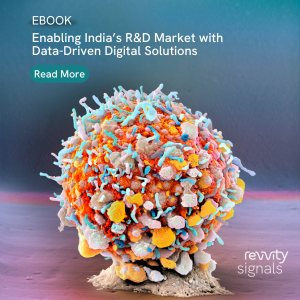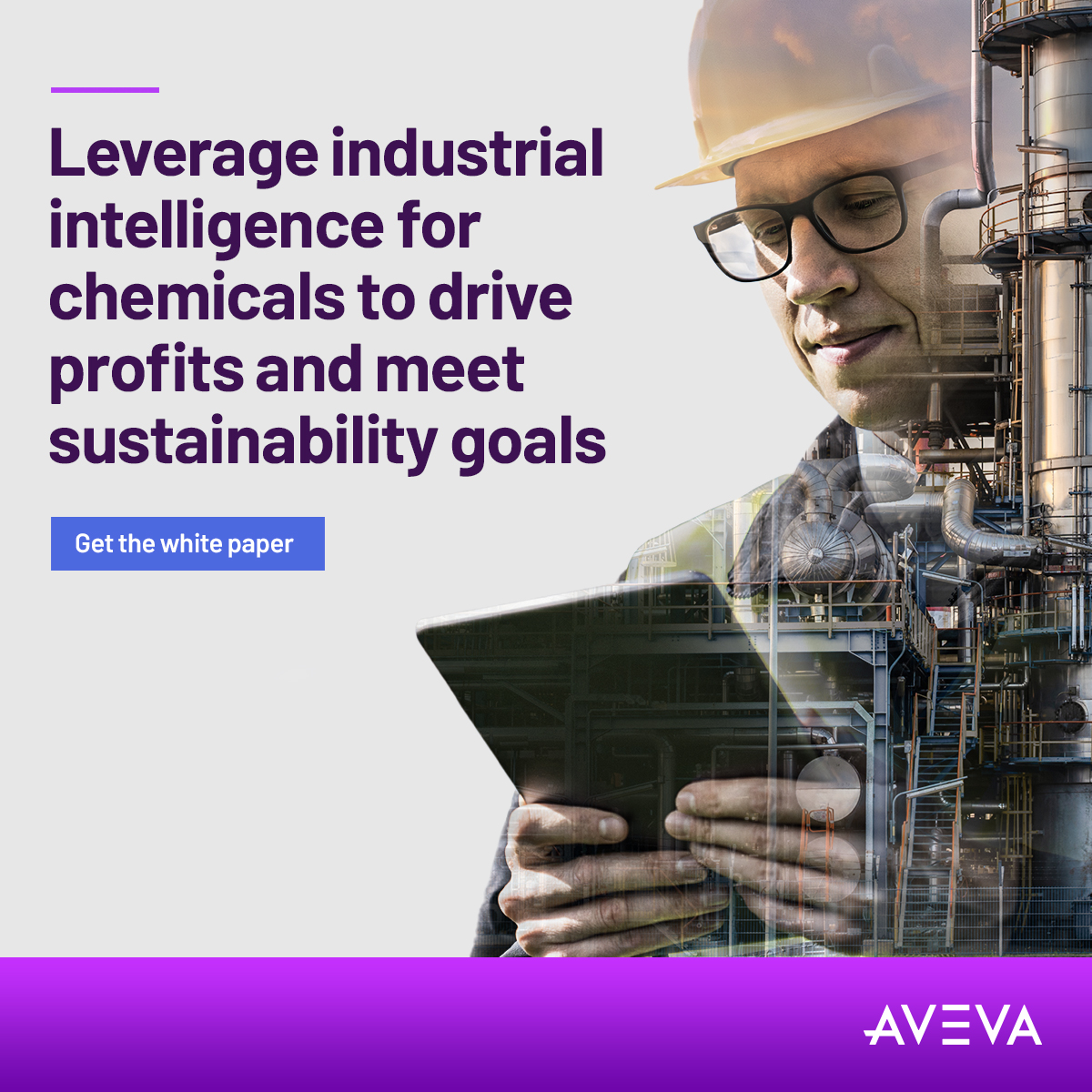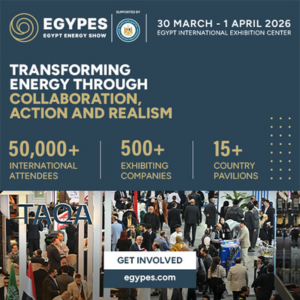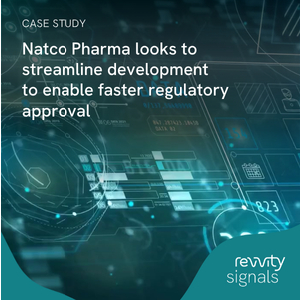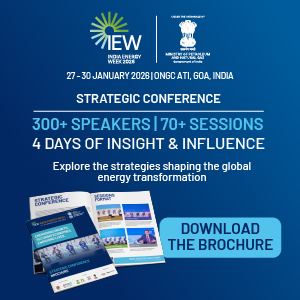Gallery
August 30, 2022
We are planning to go ahead with an IPO in the near future, says Vaibhav Goyal, Director, Kutch Chemical Industries Ltd.
Interview with Vaibhav Goyal, Director, Kutch Chemical Industries Ltd.
August 30, 2022
Indian chemical sector will never go down and shall always rise higher, says Nitanta M Parmar, Director - Exports, Sanjay Chemicals
Interview with Nitanta M Parmar, Director - Exports, Sanjay Chemicals (India) Pvt. Ltd.
August 29, 2022
We are positive about the market sentiments and overall growth of industry, says Deepak Bhurani, Business Head, Soofi Group
Interview with Deepak Bhurani, Business Head, Soofi Group
August 28, 2022
Our focus is to provide safe and sustainable solutions to our customers, says Pradeep Nair, General Manager - Chemical Logistics, Goodrich Maritime
Interview with Pradeep Nair, General Manager - Chemical Logistics, Goodrich Maritime Pvt. Ltd.
August 27, 2022
We supply polymer solutions for high-end applications to chemical process industry, says Tanish Dadhania, Executive Sales Director - India, Sales - Middle East, Simona India
Interview with Tanish Dadhania, Executive Sales Director - India, Sales - Middle East, Simona India Pvt. Ltd.
August 27, 2022
Our main motive is to provide timely service to our customers, says Sandeep Sawant, Managing Director & CEO, Sawant Process Solutions
Interview with Sandeep Sawant, Managing Director & CEO, Sawant Process Solutions Pvt. Ltd.
August 27, 2022
We are setting up a world-class valve manufacturing plant, says Bhavin Javiya, Director Marketing, G M Engineering
Interview with Bhavin Javiya, Director Marketing, G M Engineering Pvt. Ltd.
August 23, 2022
We develop rotary and control valves for the manufacturing sector, says Manoj Mishra, Managing Director, Uniflow Controls Pvt. Ltd.
Interview with Manoj Mishra, Managing Director, Uniflow Controls Pvt. Ltd.
August 23, 2022
We are a leader in developing advanced material applications for corrosion resistance, says Sunil Wankhede, Vice President - Sales, Sandvik Materials Technology
Interview with Sunil Wankhede, Vice President - Sales, Sandvik Materials Technology India Pvt. Ltd.
August 20, 2022
We provide complete engineering and software solutions to various industry segments, says Adi Sathyanarayan, Business Head, ImageGrafix Software Solutions
Interview with Adi Sathyanarayan, Business Head, ImageGrafix Software Solutions Pvt. Ltd.














